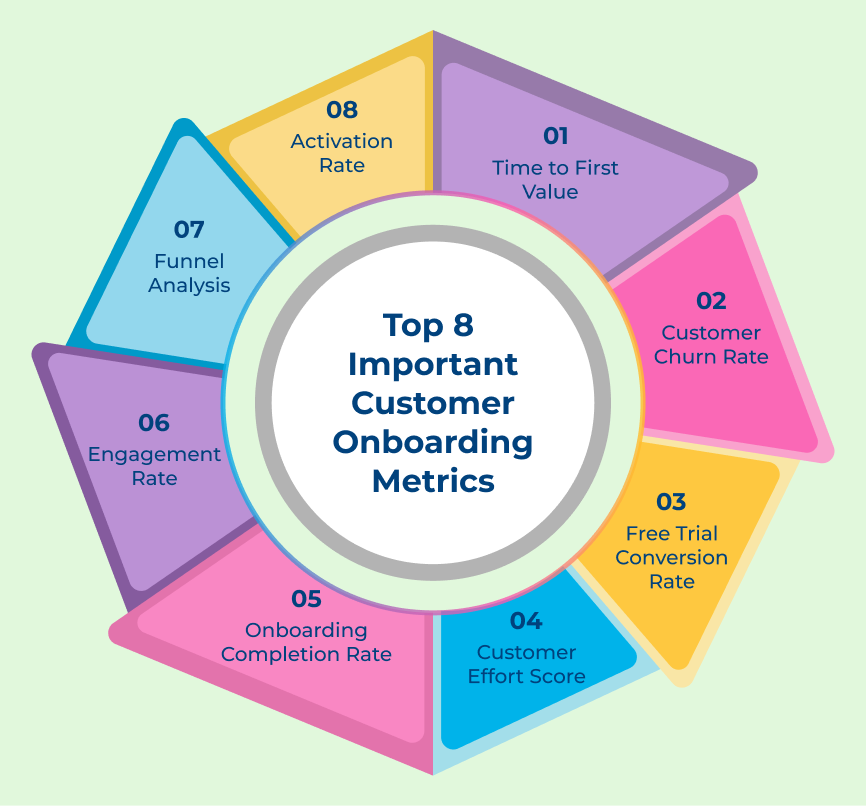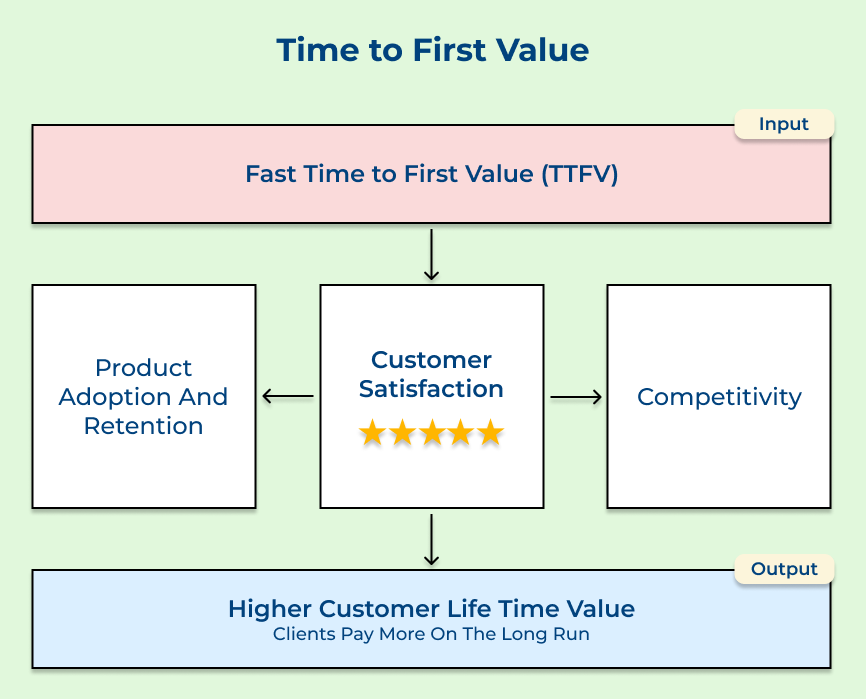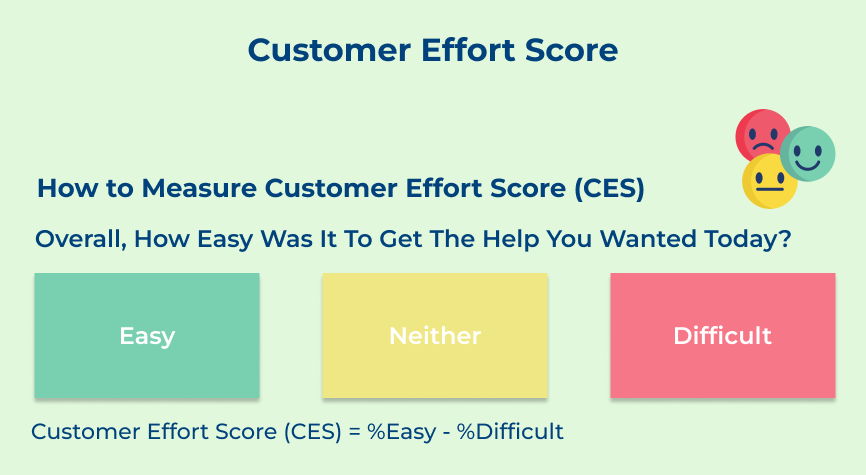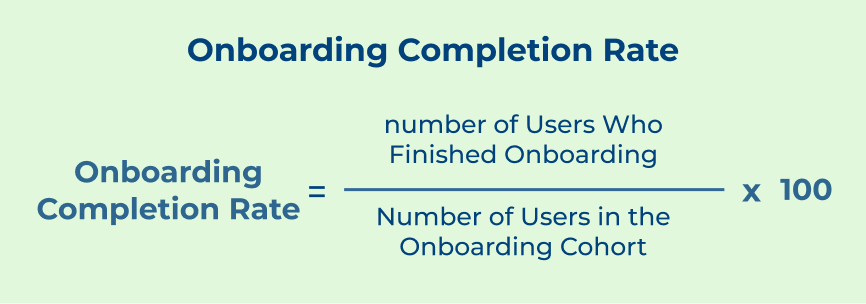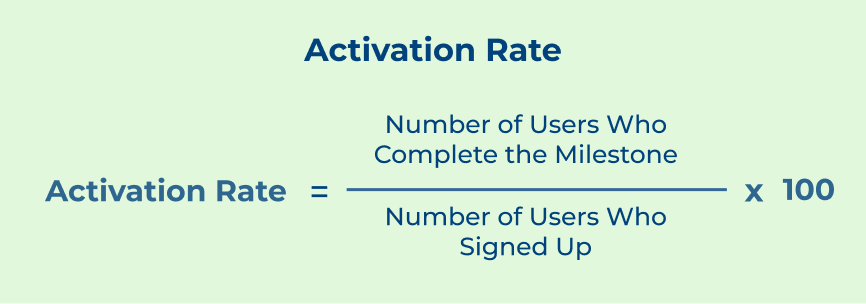Businesses need to clearly define what the desired outcome or value is for their customers to measure time to first value. It could be completing a specific action, reaching a specific milestone or experiencing a certain level of satisfaction. Once the desired outcome is defined, businesses can then track the time it takes for customers to achieve it.
Ways to improve:
● Simplify the onboarding process by removing any unnecessary steps or barriers that might delay customers from experiencing value.
● Communicate the necessary steps or actions for customers to achieve their desired outcome. It can be done through tutorials, demos or step-by-step guides.
2. Customer Churn Rate
Customer churn rate, also known as attrition rate refers to the percentage of users who stop using a solution over a specific time. A high churn rate could indicate that customers are not receiving the value they expected or that the onboarding phase is lacking. A low churn rate suggests that customers are engaged, satisfied and likely to continue using the solution.
Ideal churn rates should be 5% or below. Companies need to track customer behavior and engagement throughout the customer journey to effectively measure customer churn rate. It can be done through various methods such as surveys, customer feedback and analyzing usage data. Monitoring churn rate regularly helps businesses identify patterns, make data-driven decisions and implement strategies to improve customer onboarding.
Ways to improve:
● Set clear expectations during the onboarding process to ensure customers understand the value they will receive.
● Provide exceptional customer support to help customers resolve any issues or challenges they may encounter.
3. Free Trial Conversion Rate
When it comes to assessing the success of customer onboarding strategies, one crucial metric to consider is the Free Trial Conversion Rate. The customer onboarding metrics for SaaS measure the percentage of free trial users who convert into paying customers. It simply indicates how effective businesses are in nurturing potential customers and convincing them to commit financially.
Calculating the free trial conversion rate requires dividing the number of customers who convert from the free trial by the total number of users who started the trial. The result is then multiplied by 100. The formula provides an accurate measure of how well a company can convert trial users into paying customers.
Ways to improve:
● Attracting trial users who fit the target customer profile is vital. It ensures efforts are being put into onboarding potential customers who are more likely to convert.
● Provide users with a taste of the value they can expect from your product or service. Offer exclusive features, additional support, or valuable content.
4. Customer Effort Score
Customer Effort Score (CES) is one of the most vital customer onboarding KPIs used to measure the ease of the customer onboarding process. CES measures the level of difficulty a customer faces when engaging with a product or service. The score reflects how much effort customers had to put in to start using the product or service successfully.






